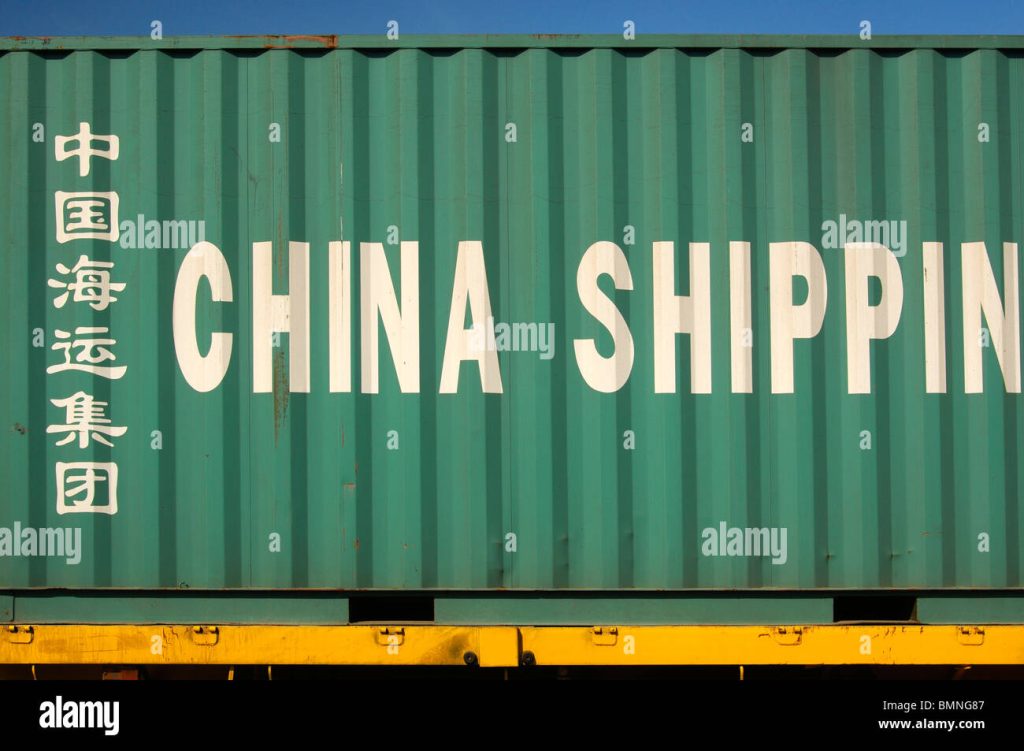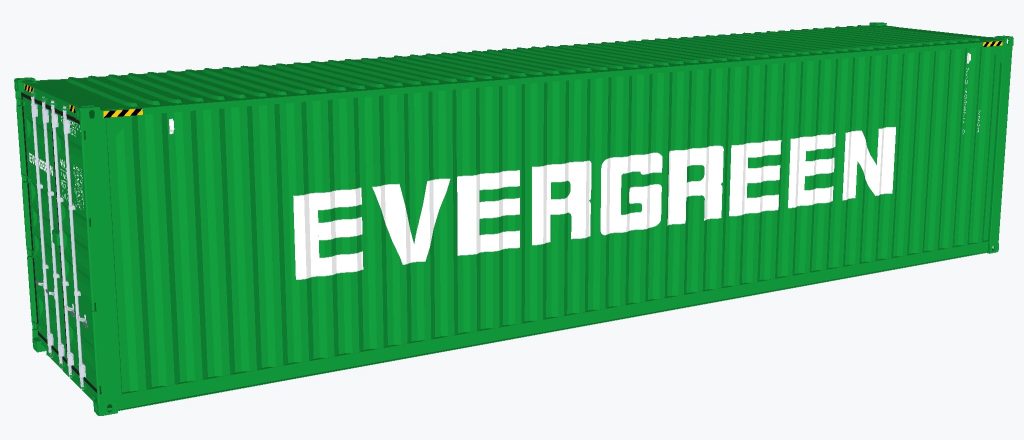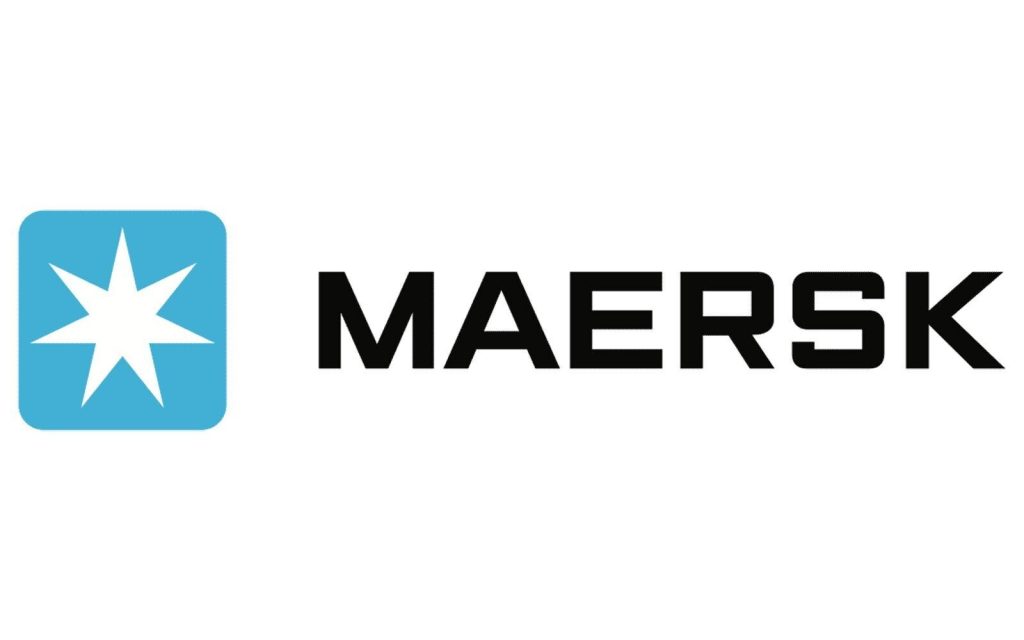Have you ever wondered how that smartphone in your pocket traveled across oceans to reach your hands? The answer lies with the shipping giants that power global commerce. These massive companies move approximately 90% of world trade goods across the seas every single day. What makes these companies so important? They connect manufacturers to markets across continents. Without them, global trade would grind to a halt within days. Let’s jump into the rankings and see which shipping giants truly rule the waves.
Mediterranean Shipping Company (MSC)
When I first visited MSC’s operations in Geneva, I was blown away by their scope. Mediterranean Shipping Company started as a small family business in 1970. Today, they’ve surpassed even Maersk to become the World’s largest container shipping company.
MSC operates over 700 vessels with a total capacity exceeding 4.5 million TEU. Their ships call at 500+ ports across more than 155 countries. The company employs over 100,000 people worldwide. These numbers simply astound me every time I review them.
What’s their secret sauce? MSC has mastered the art of strategic acquisitions and fleet expansion. They focus heavily on customer service despite their enormous size. The company recently ordered several ultra-large container vessels to further strengthen their position in the market.
China Shipping Container Lines (CSCL)

China Shipping Container Lines transformed dramatically in recent years. The company merged with COSCO in 2016 to form COSCO Shipping Lines. Before this merger, CSCL stood as a major player in its own right.
I watched this merger reshape the shipping landscape. The Chinese government pushed for consolidation to create stronger national champions. CSCL brought valuable assets to the table, including a fleet of modern vessels and strong domestic routes.
Their specialized knowledge of Chinese ports gave them unique advantages. CSCL pioneered several innovations in container tracking technology. These systems helped shippers monitor cargo movements with impressive accuracy.
COSCO Shipping
COSCO stands as the pride of China’s maritime ambitions. After absorbing China Shipping Container Lines, COSCO Shipping became a true ocean giant. Their current fleet includes more than 500 vessels with approximately 3 million TEU capacity.
My conversations with COSCO executives revealed their ambitious growth strategy. The company plays a central role in China’s Belt and Road Initiative. COSCO has invested billions in ports worldwide, from Piraeus in Greece to terminals in Peru.
Their strength lies in connecting Asia with Europe and North America. COSCO ships carry enormous volumes of manufactured goods from Chinese factories to Western markets. The company also maintains extensive intra-Asia services that support regional trade.
Yang Ming Marine Transport Corporation
Taiwan’s Yang Ming punches above its weight in the shipping world. Though smaller than some competitors, they’ve carved out important niches in key trade lanes. Yang Ming operates approximately 100 vessels with a capacity of around 700,000 TEU.
I found their business approach refreshingly different during industry conferences. Yang Ming focuses on service quality rather than just size. They maintain particularly strong coverage of Trans-Pacific routes connecting Asia with North America.
The company faces unique challenges due to Taiwan’s complex international status. Despite this, Yang Ming has built partnerships with other carriers through alliance membership. They joined THE Alliance in 2017 alongside Hapag-Lloyd, ONE, and HMM.
Evergreen Marine Corporation

Another Taiwanese shipping powerhouse, Evergreen, operates one of the most recognizable fleets in the oceans. Their distinctively green-hulled vessels serve ports worldwide. The company controls approximately 1.5 million TEU of capacity across 200+ ships.
My visit to their headquarters in Taoyuan City revealed their meticulous approach to operations. Evergreen gained worldwide attention in 2021 when its vessel, the Ever Given, blocked the Suez Canal. This incident highlighted how crucial even a single ship can be to global trade flows.
The company maintains particularly strong services on East-West trade lanes. Evergreen has invested heavily in ultra-large container vessels in recent years. This strategy allows them to achieve economies of scale on major routes.
CMA CGM Group
French shipping giant CMA CGM brings European flair to global shipping. The company has grown through bold acquisitions, including APL and CEVA Logistics. CMA CGM now controls over 580 vessels with approximately 3.5 million TEU capacity.
I’ve always admired their entrepreneurial spirit. The Saadé family built this empire from modest beginnings in 1978. Their flagship vessel, CMA CGM Jacques Saadé, was the World’s first 23,000 TEU container ship powered by liquefied natural gas.
The company excels in connecting Europe, Asia, and the Americas. CMA CGM has particularly strong coverage of African markets, where many competitors have a limited presence. Their logistics subsidiary, CEVA, gives them expanded capabilities in end-to-end supply chain solutions.
Their headquarters in Marseille serves as the nerve center for a truly global operation. CMA CGM has embraced digital innovation, developing platforms that streamline booking and container tracking. Their commitment to alternative fuels places them at the forefront of shipping sustainability efforts.
Hyundai Merchant Marine (HMM)
South Korea’s HMM overcame financial difficulties to emerge as a major carrier. The company operates approximately 70 vessels with a capacity approaching 800,000 TEU. Their fleet includes some of the largest container ships ever built.
My analysis of their turnaround strategy reveals important lessons. HMM received substantial government support during its 2016 restructuring. This backing allowed them to order a series of 24,000 TEU mega-ships that entered service in 2020.
The company maintains strong services between Asia and North America. HMM joined THE Alliance in 2020 as a full member after a transitional period. This alliance participation gives them access to a broader network than they could maintain independently.
HMM has made significant investments in technology. Their smart ship systems gather vast amounts of operational data to improve efficiency. The company also operates extensive terminal facilities in its home market of South Korea.
Hapag-Lloyd
German precision defines Hapag-Lloyd’s approach to shipping. Formed through multiple mergers, including with CSAV and UASC, they now operate over 250 vessels with approximately 1.8 million TEU capacity.
I find their operational discipline particularly impressive. Hapag-Lloyd maintains one of the industry’s most reliable schedules. The company serves over 600 ports across 137 countries, making it truly global in scope.
Their strength traditionally lies in the Transatlantic and Europe-Asia routes. Hapag-Lloyd has expanded their presence in Latin America significantly following the CSAV merger. The company also maintains a strong position in the growing Middle East market.
A.P. Moller-Maersk Group

When people think of shipping, many picture Maersk’s iconic blue containers. Until recently, the World’s largest shipping company, Maersk, has operated approximately 700 vessels with a capacity of over 4 million TEU.
I’ve studied their business transformation extensively. Maersk has repositioned itself as an integrated logistics provider rather than just a shipping line. The company divested its energy businesses to focus entirely on supply chain solutions.
Their strength traditionally centers on Asia-Europe and Transatlantic routes. Maersk has invested heavily in digital capabilities, creating online booking platforms that revolutionized container shipping. Their Captain Peter tracking system gives customers unprecedented visibility into shipment status.
Conclusion
Together, these ten shipping behemoths influence the world economy. Through trade, their enormous vessels span continents and cultures. The size and intricacy of their operations never cease to astound me. The industry is still changing quickly. Over the past ten years, consolidation has drastically decreased the number of major carriers. For these businesses, digital transformation and environmental regulations offer both opportunities and challenges. Remember the amazing journey a container has probably taken the next time you see it being loaded onto a truck or train. These shipping firms enable international trade by operating factories in Asia and distribution hubs in North America and Europe.
ALSO READ: What are the Different Types of Supply Chains?
FAQs
Mediterranean Shipping Company (MSC) currently holds the title of the World’s largest shipping company by capacity.
The largest container vessels can carry over 24,000 TEU, with HMM’s mega-ships among the biggest afloat.
A shipping company is the overall business entity, while a shipping line refers specifically to regular service routes operated by that company.
Shipping alliances allow carriers to share vessel space and coordinate schedules while maintaining separate corporate identities, increasing efficiency.
Several companies lead in sustainability, with Maersk, CMA CGM, and Hapag-Lloyd making major investments in carbon reduction and alternative fuels.



